
Who are the shan people?
Brief History of the Shan
The Burmese Shan are a large group of civilized people who migrated south from China in the twelfth century and established three small states in Myanmar. The Shan language belongs to the southwestern group of tonal languages. The people refer to themselves as the Great Tai.
Shan State
Shan State is located in northeast Myanmar on a high plateau 5000-6000 ft above sea level. The land is made up of dense evergreen forests, streams, rivers and waterfalls.
Major Religion
The major religion is Theravada Buddhism though it is heavily influenced by animism. The Shan believe in multiple gods and spirits which can cause good or evil in peoples’ lives. They believe their next life is determined by the good or evil they have done, so to atone for wrongs a person must participate in merit-building activities.
Economy
Many Shan are farmers who specialize in rice, fruit, soybeans, and vegetables. Others are miners of precious stones like rubies. Some are tree cutters, where teak is the focus. At one point opium was the main crop of this region, but 1996 saw its banning through a drug eradication policy.
Culture
“The Shan have a rich cultural heritage and are a proud and sophisticated race… They are a gentle and peaceful people.” Instead of handshakes they greet one another with a “wai,” where the palms are placed together and lifted to the head. How high the hands are raised is determined by status. The Shan have a cooperative, community mindset and are much less focused on individualism. Monks and the monastery are highly respected and play a vital role in educating in Buddhist ways and in schooling.
Locations of the shan people
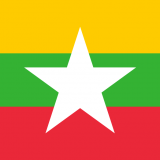
MYANMAR
4.5M
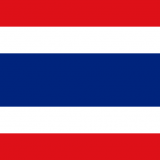
THAILAND
99K
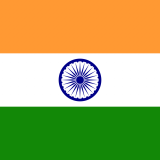
INDIA
5.8K

CHINA
700
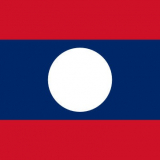
LAOS
1K
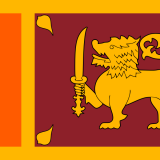
SRI LANKA
60
CURRENT SITUATION
Many are refugees with no rights in foreign countries; some are even displaced and persecuted within their own country.
Refugees/Injustice
The Shan are spread throughout Burma (Myanmar), Thailand, China and Laos. As an ethnic minority they struggle daily with illiteracy, human rights abuses, and poverty. Many are refugees with no rights in foreign countries; some are even displaced and persecuted within their own country. Still, they are an ancient and proud civilization with a rich heritage and history.
Our Commitment to the Shan People
Over the years YWAM Sheep River has had the privilege of targeting people groups from different parts of the globe. In particular, we feel that God’s call on our community is to focus our resources in the direction of the Shan people. Not long ago, individuals from YWAM Sheep River planted a Bible school and community development program amongst the Shan people of Southeast Asia. We feel this is only the beginning of a new chapter of missions history for YWAM Sheep River. To encourage young people to consider offering their lives to reach out to the Shan is our way of offering what we have before Jesus.
- “People In Country Profile.” Shan of Myanmar (Burma). U.S. Center for World Missions, n.d.Web. 1 Oct. 2020.
www.joshuaproject.net/people-profile.php?peo3=18205&rog3=BM - “Shan.” Encyclopedia Britannica. 2010. Encyclopedia Britannica Online. 1 Oct. 2020.
www.britannica.com/EBchecked/topic/538388/Shan - Shan Tai.” Joshua Project. U.S. Center for World Missions, n.d.Web. 1 Oct. 2020.
www.joshuaproject.net/peoples.php?peo3=18205


